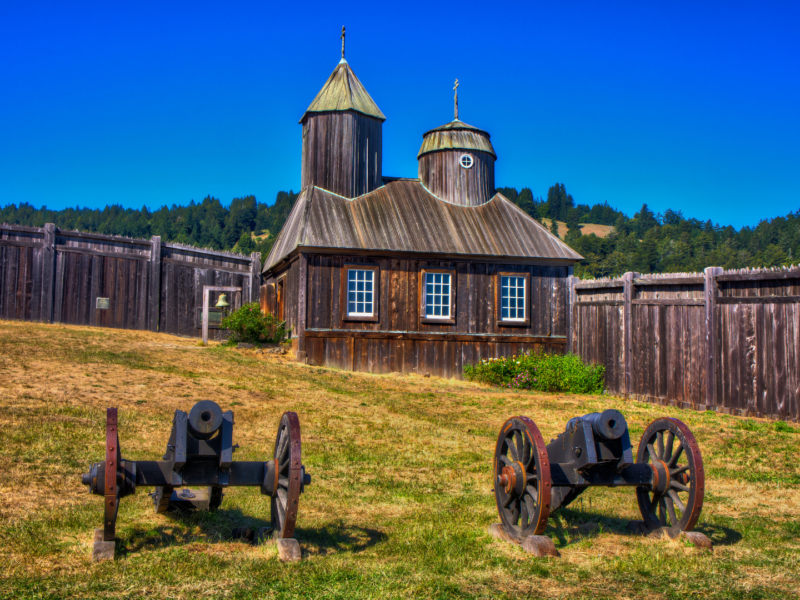As you traverse the vast expanse of the United States, you’ll find that every corner holds a piece of history. From the bustling cities to the quiet countryside, there are countless stories etched into the landscape. These particular lesser known historical sites in the U.S., often overshadowed by their more famous counterparts, hold a charm and allure of their own. These sites don’t always make it to the front page of travel guides, yet they offer a unique glimpse into the nation’s past. So, pack your bags and put on your explorer’s hat, as we set off to uncover the less prominent sites that sheds light into the tapestry of our nation’s history.
Exploring the East Coast
Fort DeRussy, Washington, DC
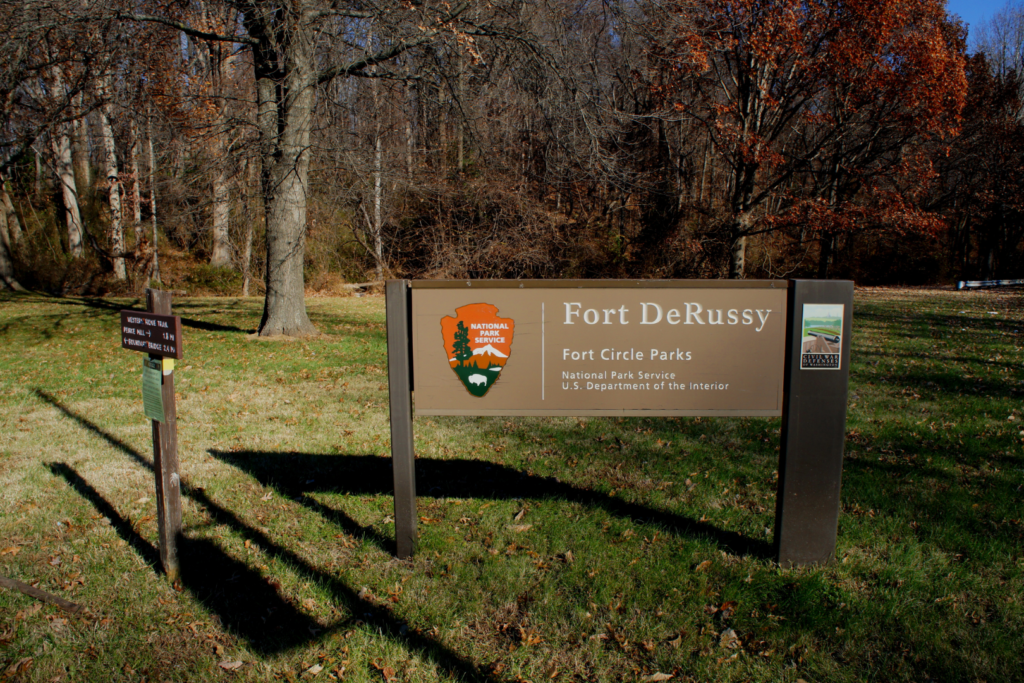
Fort DeRussy is a historical site located on a hilltop along the west bank of Rock Creek in Washington, D.C. The fort was constructed in 1861 as part of the Civil War Defenses of Washington and named after Colonel Gustavus A. DeRussy.
Although this site is considered a lesser-known historical site in the U.S., it played a significant role in the defense of the capital during the Civil War. The fort coordinated its fire with Fort Stevens on the east and Fort Kearny on the west, providing battery support to Fort Stevens and engaging rebel infantry north of the Defenses of Washington during the Battle of Fort Stevens on July 11-12, 1864.
The fort’s 100-pound rifle located at reshaped northeastern angle was the largest piece of artillery in the engagement and was particularly effective in stopping the Confederates’ advance. Today, Fort DeRussy is a historical relic that provides visitors with an insight into the military tactics and weaponry of the Civil War.
Allegheny Portage Railroad
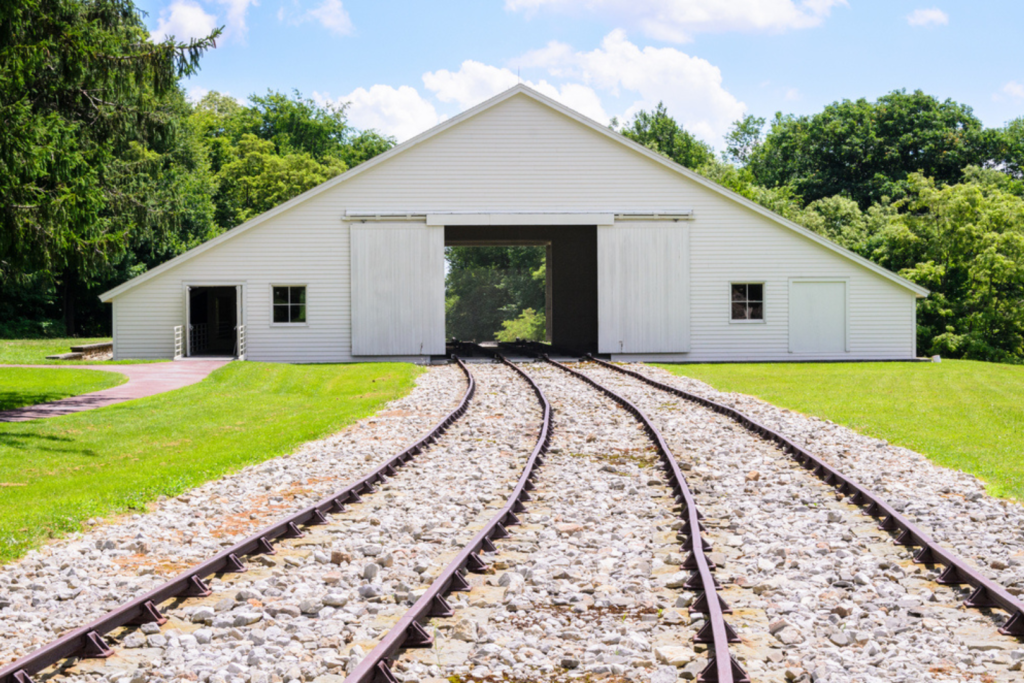
The Allegheny Portage Railroad is a fascinating and lesser-known historical site in the U.S. built in 1834. Spanning the Allegheny Front, this groundbreaking transportation infrastructure became the vital link between the Midwest and the Eastern seaboard. Stretching approximately 36 miles (58 km) in total, it seamlessly connected with the Pennsylvania Canal at both ends.
Serving as a pioneering portage railway system, its purpose was to effortlessly transport river boats and barges across the imposing barrier range, effectively bridging the gap between the Ohio and Susquehanna Rivers. The railroad was a technological marvel of its time, and played a crucial role in opening up the interior of the United States for commerce.
The railroad operated for over twenty years, serving passengers, merchants soldiers from the Mexican War, and slaves in pursuit of freedom. The site now serves as the Allegheny Portage Railroad National Historic Site, managed by the National Park Service.
The Allegheny Portage Railroad is a hidden gem of American history, and well worth a visit to appreciate its significance in American transportation industry.
Salem Maritime National Historic Site
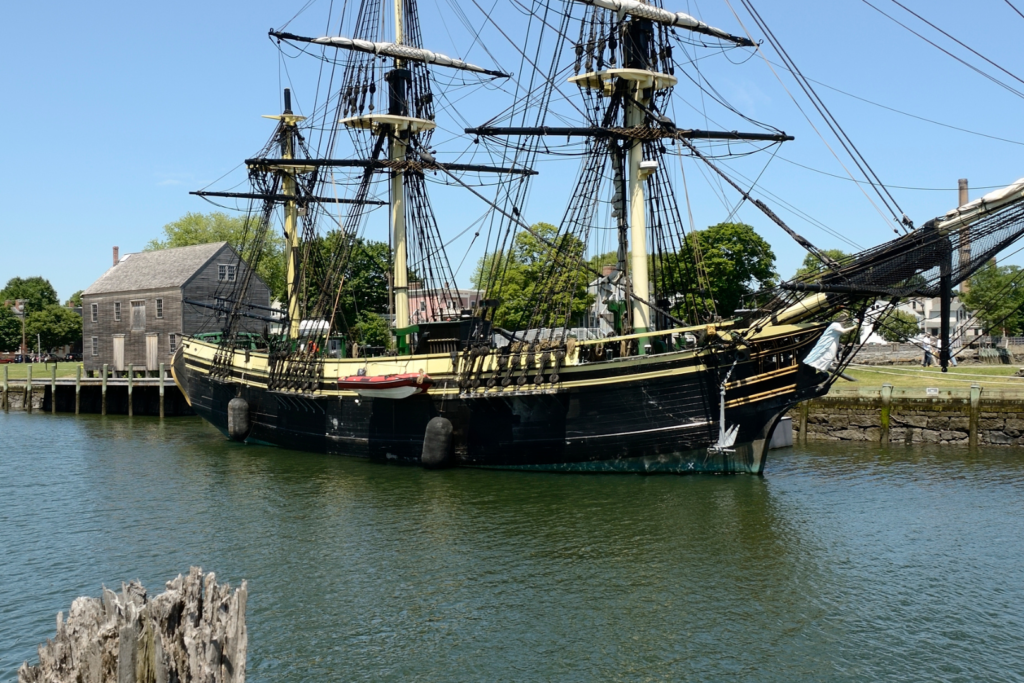
Salem Maritime National Historic Site is a lesser-known historical site in the U.S. It was established on March 17, 1938, and is the first National Historic Site in the country. The park covers about 9 acres of land along the waterfront in Salem, Massachusetts, and consists of 12 historic structures and one replica tall ship.
Managed by the National Park Service, the site preserves and interprets numerous maritime resources including artifacts, collections and structures. The park documents the development of the Atlantic triangular trade during the colonial period, the role of privateering during the Revolutionary War, and international maritime trade, especially with the Far East.
The celebration of its 100th anniversary was held in 2016. The Salem Maritime National Historic Site provides visitors with an opportunity to explore and learn about the country’s maritime history while enjoying beautiful views of the waterfront.
Venturing into the West
Taos Pueblo-New, Mexico
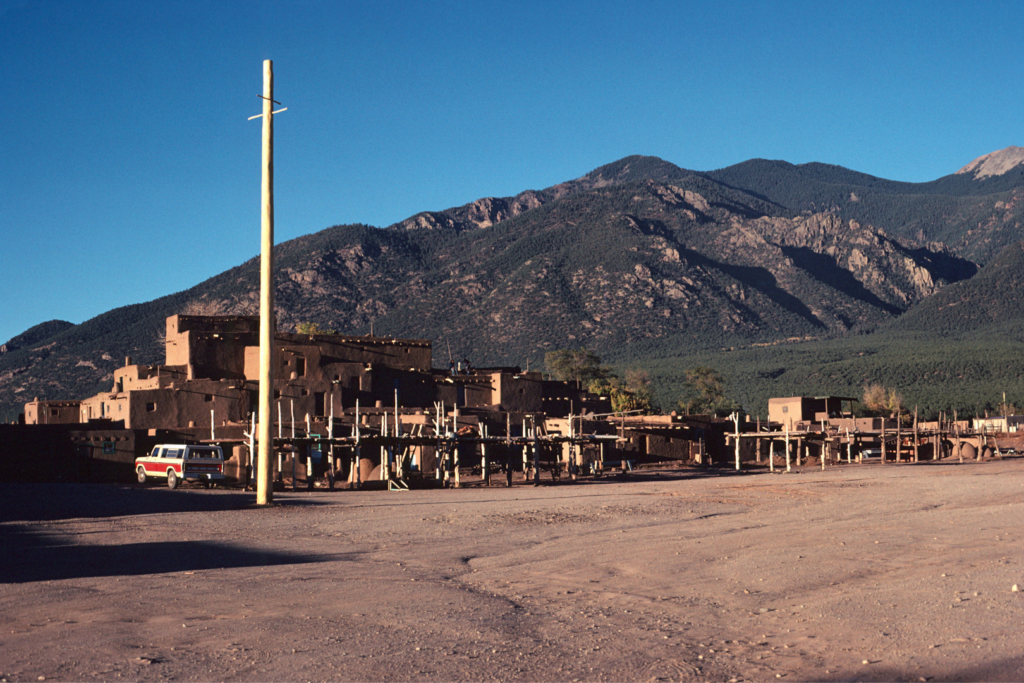
Nestled in the Taos Valley of New Mexico, Taos Pueblo is a historic site that is worth exploring for those interested in American Indian and Spanish heritage. With its adobe residences and religious structures that have survived since the 13th century, Taos Pueblo is one of the best-preserved pueblos in the American Southwest.
A center of trade and communications between American Indian tribes and eventually between the Indians and the Spanish, Taos Pueblo played a critical role in the cultural struggles that permeated the Southwest throughout the 16th, 17th, and 18th centuries. Taos Pueblo also played a key role in welcoming and introducing the Spanish and Catholic traditions to the American Southwest.
Recognized as a National Historic Landmark and a World Heritage Site, Taos Pueblo is a stunning example of traditional Native architecture and a thriving traditional community of Pueblo Indians that has survived with its cultural integrity intact for hundreds of years.
Mesa Verde National Park
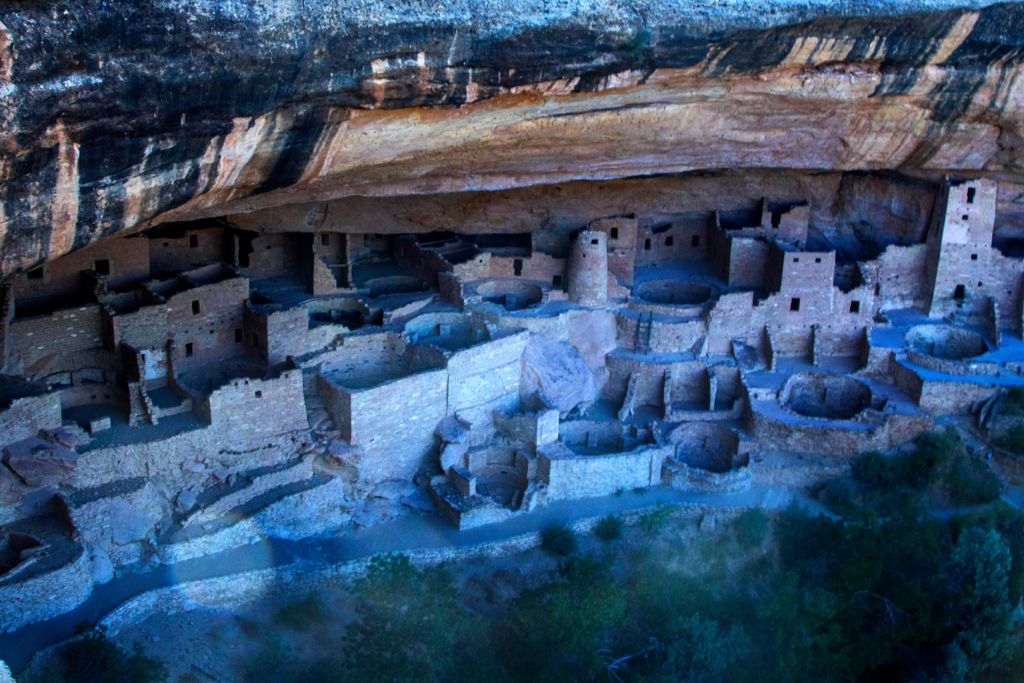
Mesa Verde National Park is an often-overlooked historical site in the U.S. Established in 1906, the park covers an area of 52,485 acres and is home to some of the best-preserved archaeological sites in the country. It is the largest archaeological preserve in the US, boasting more than 5000 sites, including over 600 cliff dwellings like the famous Cliff Palace.
The park is situated in Southwest Colorado and was inhabited by the Ancestral Puebloans from around 750 AD until they abandoned the area in 1285 due to environmental and social instability. These early inhabitants used a combination of hunting, gathering, and subsistence farming of crops such as corn, beans, and squash to survive.
Today, visitors can explore the preserved ruins and learn about the unique architecture and way of life of these ancient peoples. With its breathtaking natural beauty and rich cultural history, Mesa Verde National Park is a hidden gem of American history that merits a visit from anyone interested in the nation’s past.
Fort Ross State Historic Park
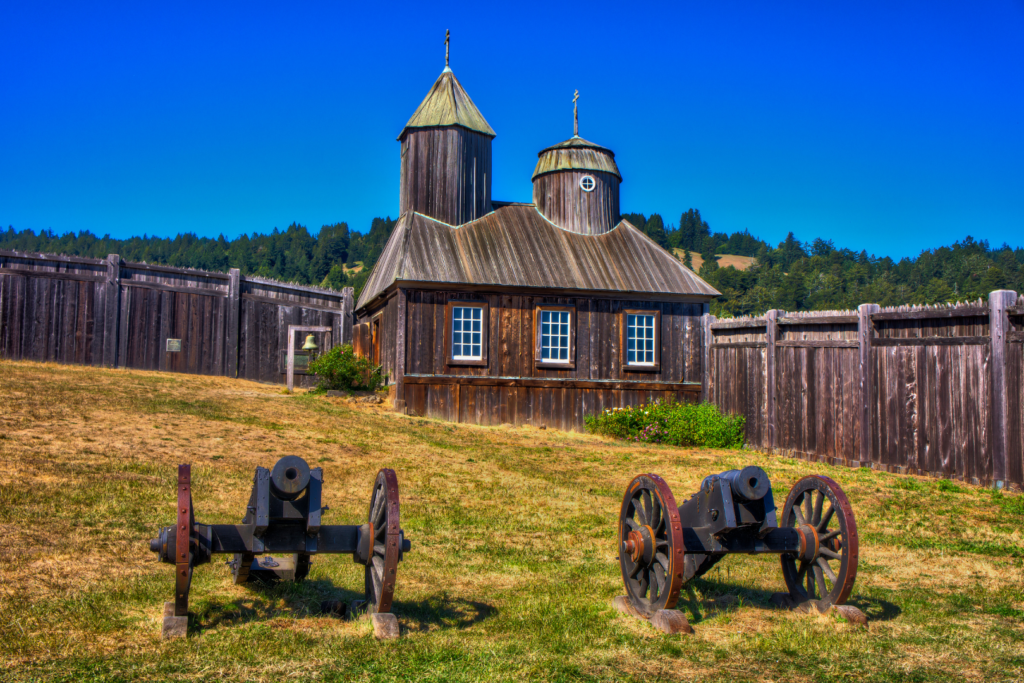
Fort Ross State Historic Park may not be as well-known as other historical sites in the U.S., but it holds a significant place in American history. Located on the northern California coast, the 3393-acre park features the former Russian outpost of Fort Ross as well as the adjacent coastline and native forests extending inland.
The fort, which was active from 1812 to 1842, was the southernmost settlement in the Russian Empire. Today, visitors can explore the park’s pristine landscapes and historic structures, including the one original structure remaining from the Russian settlement – the commander’s house. In addition to fishing, hiking, surfing, and exploring tide pools, Fort Ross has become a popular destination for whale watching and bird watching.
San Juan Bautista State Historic Park
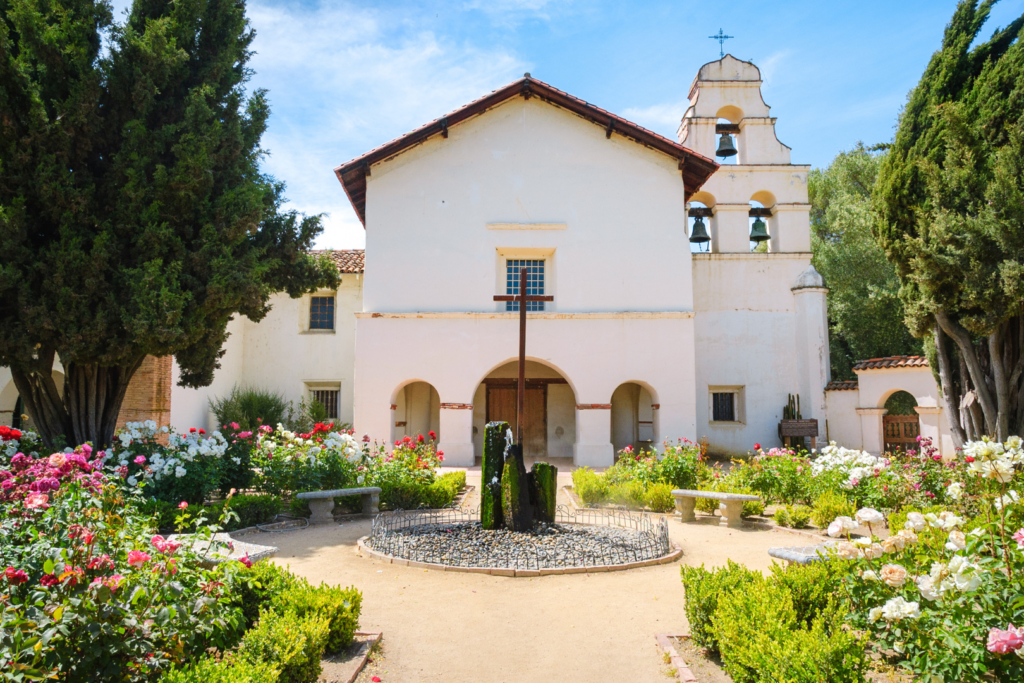
San Juan Bautista State Historic Park is a hidden treasure among the many historical sites in the United States. The park is a nationally recognized landmark near the Mission San Bautista, California’s fifteenth Spanish-era mission.
The park was set up to preserve the city’s past and represents what was once the town square of the largest city in central California and a vital crossroad for travel between northern and southern California. The park is renowned for its noteworthy concentration of buildings dating back to California’s period of Spanish and Mexican control.
The four main historic museums at the park include the Plaza Hotel, the Zanetta House/Plaza Hall, the Plaza Stables, and the Castro-Breen Adobe. Additionally, visitors can see a blacksmith shop, a historic jail, and an early American settler’s cabin, among other structures built in the 1800s. The park represents the people of Californian history, from the Native Americans through the American era in the late 19th century.
Acoma Pueblo
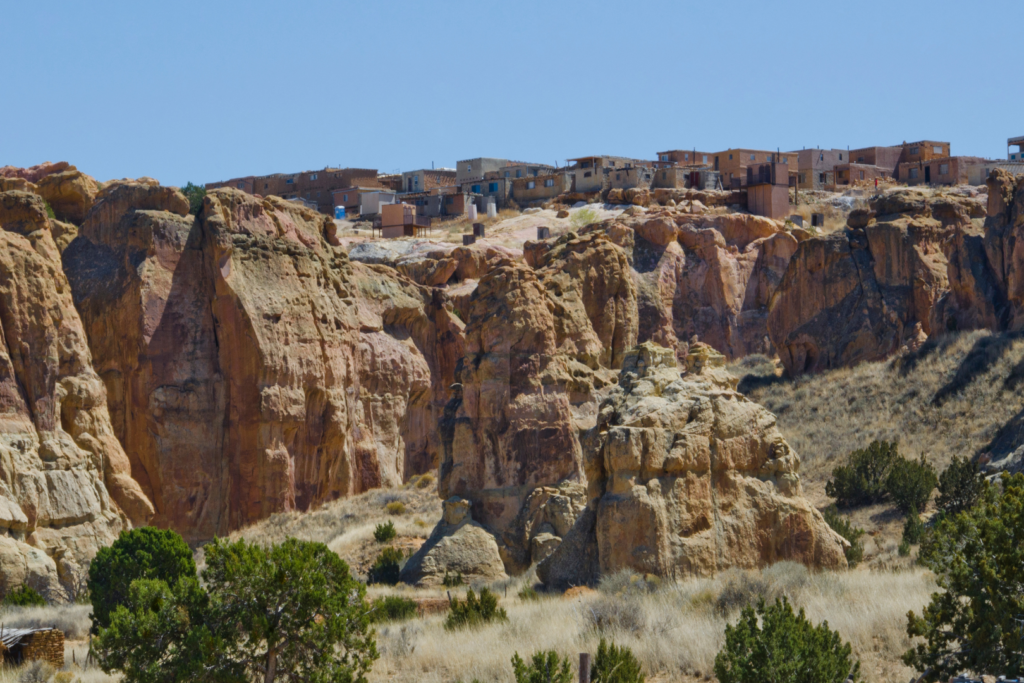
Acoma Pueblo, located in New Mexico, is considered to be the oldest continuously inhabited community in North America. Strategically built atop an over 300-foot sandstone mesa for defensive purposes, the Acoma Pueblo is also known as Sky City today. The site was chosen in part because it provided a defensive position for the tribe against raiders.
Access to the pueblo was difficult as the faces of the mesa are sheer and before modern times it could only be accessed by a hand-cut staircase carved into the sandstone. Despite its inaccessibility, the Acoma people have farmed the valley below using irrigation canals in the villages closer to the Rio San Jose River, and traded with neighboring pueblos and over long distances with the Aztec and Mayan peoples.
However, the site is also associated with a dark chapter in history– in 1599, Spanish troops under the command of Vicente de Zaldivar attacked the Acoma Pueblo and killed as many as 800 Acoma people in a massacre.
Despite this, Acoma Pueblo offers a window in time where Native people carry on the customary traditions of their ancestors through making and tribal celebrations, creating a unique cultural experience for visitors.
Acoma Pueblo is also a Registered National Historical Landmark and is on the National Register of Historic Places. It is a lesser-known historical site in the US, and is truly a marvel in American history, with its unique blend of architecture, culture, and legends.
Discovering the Midwest
Cahokia Mounds State Historic Site
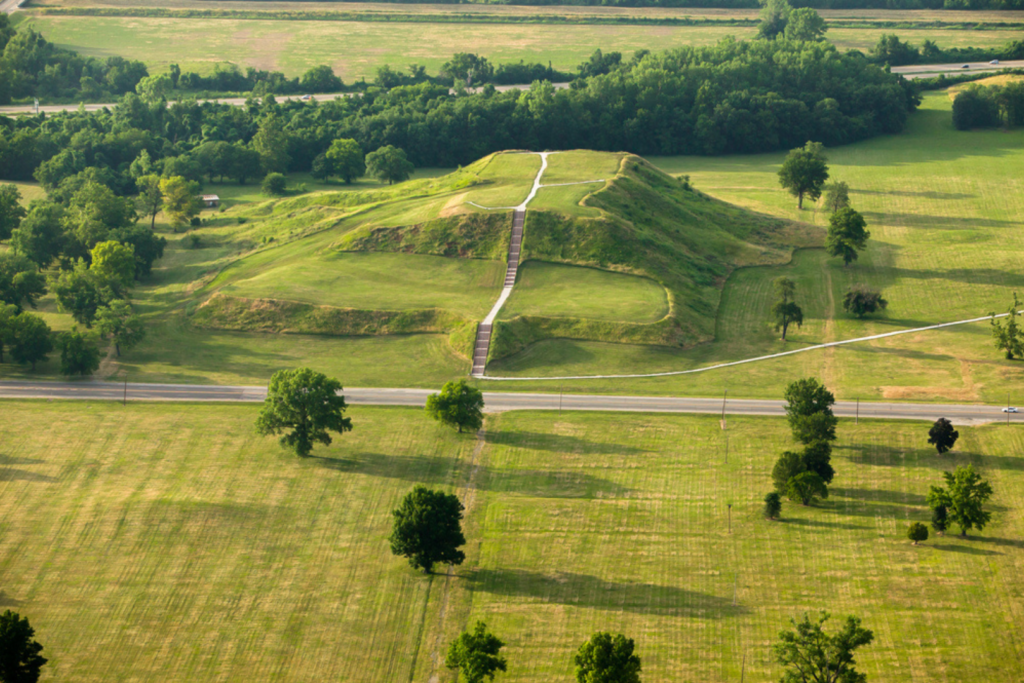
Cahokia Mounds State Historic Site is one of the lesser-known historical sites in the U.S., despite being a UNESCO World Heritage Site and a National Historic Landmark. Located in Illinois, just a few miles east of the Mississippi River and St. Louis, Missouri, the site is the largest pre-Columbian settlement north of Mexico, covering nearly 1600 hectares and including some 120 mounds.
The site dates back to the Mississippian period, between 800 and 1400, and is a striking example of a complex chiefdom society with many satellite mound centers and numerous outlying hamlets and villages. The primary feature of the site is Monks Mound, the largest prehistoric earthwork in the Americas, covering over 5 hectares and standing 30 meters high. The mounds served variously as construction foundations for public buildings and as burial mounds.
Despite being a site of immense historical significance, Cahokia Mounds State Historic Site remains relatively unknown to many Americans. However, the site offers some of the most complex archaeological sites north of Central Mexico and is a truly unique example of the complex social and economic development of indigenous Americans prior to contact with Europeans.
The Union Stock Yard

The Union Stock Yard in Chicago, Illinois, stands as a lesser-known yet significant historical site in the United States. This monumental gate is the only surviving structure of the once sprawling Union Stock Yards, which operated from 1865 to 1971.
The stockyards were a pivotal hub in the nation’s meatpacking industry, transforming Chicago into the “hog butcher for the world,” as famously described by Carl Sandburg. The gate, designed by Burnham and Root, was designated a Chicago Landmark in 1972 and added to the National Register of Historic Places in 1981.
Today, the Union Stock Yard serves as a symbol of Chicago’s industrial past, reminding visitors of the city’s significant role in the nation’s economic and agricultural history.
Hopewell Culture National Historical Park
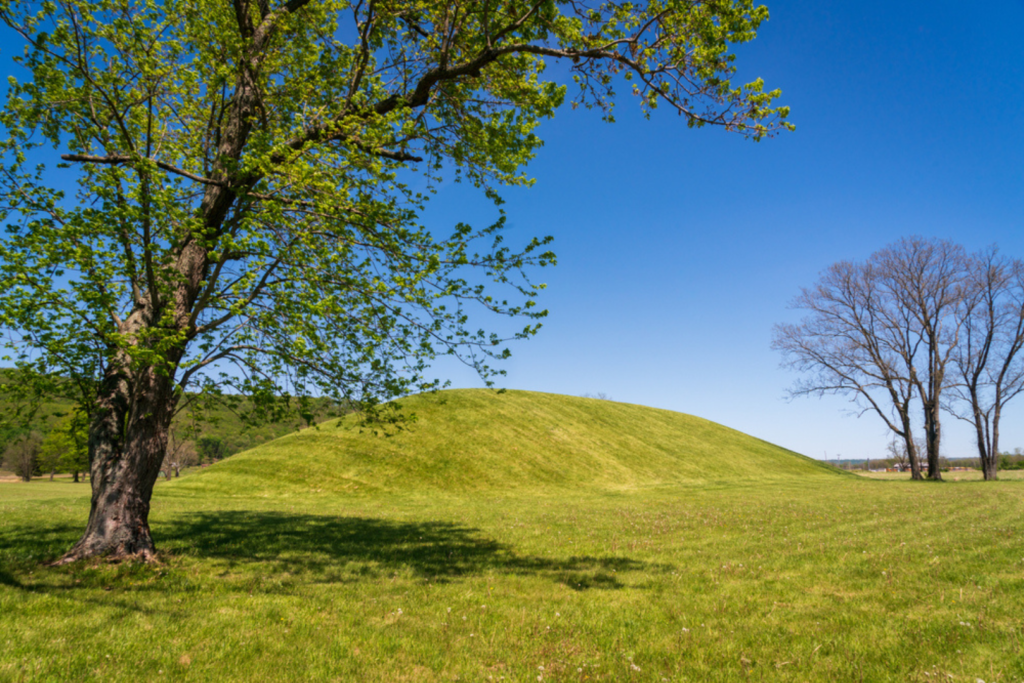
Hopewell Culture National Historical Park is one of the lesser-known historical sites in the United States. It is located in southern Ohio and dates back nearly 2000 years ago. American Indians built dozens of monumental mounds and earthen enclosures for ceremonial landscapes used for feasts, funerals, rituals, and rites of passage.
These earthwork complexes were associated with an American Indian religious movement that swept over half the continent for almost 400 years. The term Hopewell describes a broad network of beliefs and practices among different Native American groups over a large portion of eastern North America.
The culture is characterized by the construction of enclosures made of earthen walls often built in geometric patterns and mounds of various shapes. The park’s unique features contain earthworks in the form of squares, circles, and other geometric shapes. Many of these sites were built on a monumental scale, with earthen walls up to 12 feet high outlining geometric figures of more than 1000 feet across.
The park is a place for reflection in the past and today. It’s a must-see for any history buffs and anyone who wishes to experience the cultural richness of the United States.
Serpent Mound
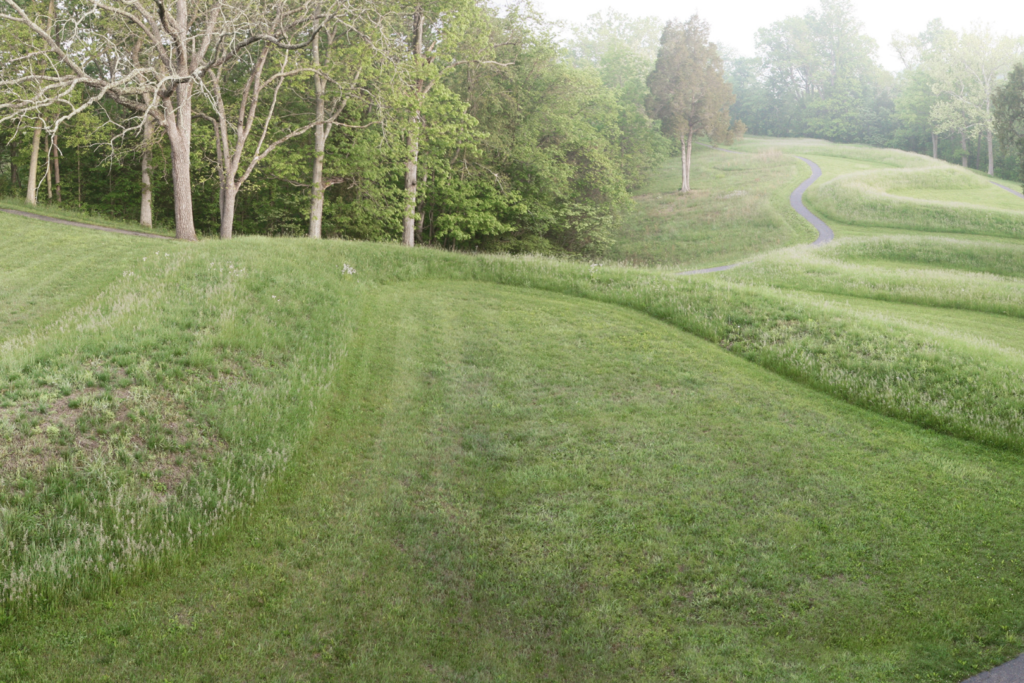
Serpent Mound is a fascinating historical site located in southern Ohio that less people know about. It is the largest effigy mound in the world, built by ancient Native American cultures. The structure stretches for a quarter of a mile and resembles a giant sinuous snake with a curled tail at the west end and a head at the east end.
Despite excavations since the late 1800s, the origins of Serpent Mound remain a mystery. Experts disagree about the purpose of the mound, with some believing it had a spiritual or mortuary function while others suggest it was used to mark time or seasons. The effigy aligns with the summer solstice sunset, while the tail points to the winter solstice sunrise.
Archaeologists have attributed Serpent Mound to either the Adena or Fort Ancient cultures, but the exact age of the structure remains uncertain. Despite the mystery surrounding its origins, Serpent Mound continues to attract visitors and intrigue scholars worldwide.
Journey to the South
Moundville Archaeological Site
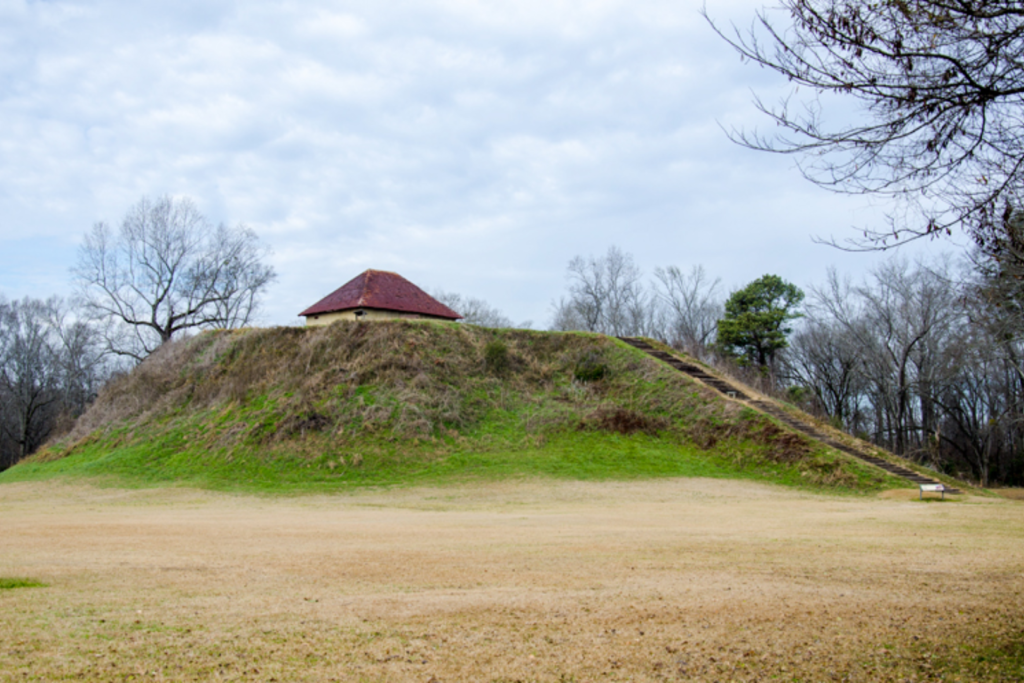
Located 14 miles south of Tuscaloosa, Alabama, Moundville Archaeological Site contains the remains of one of the largest prehistoric Native American settlements in the country. Archaeological investigations reveal that the site was the political and ceremonial center of the Mississippian people between the 11th and 16th centuries.
The site consists of 29 mounds arranged around a rectangular plaza. The largest mounds are located on the northern edge of the plaza, with the smaller ones situated around the perimeter. The park includes the Jones Archaeological Museum with interpretive displays of artifacts, an archaeological research center, a nature trail, and camping facilities.
The park is administered by the University of Alabama Museums. While there are no written records from the Mississippian period, excavations and interpretation have enabled archaeologists to learn about life at the Moundville site.
Fort Morgan Historic Site
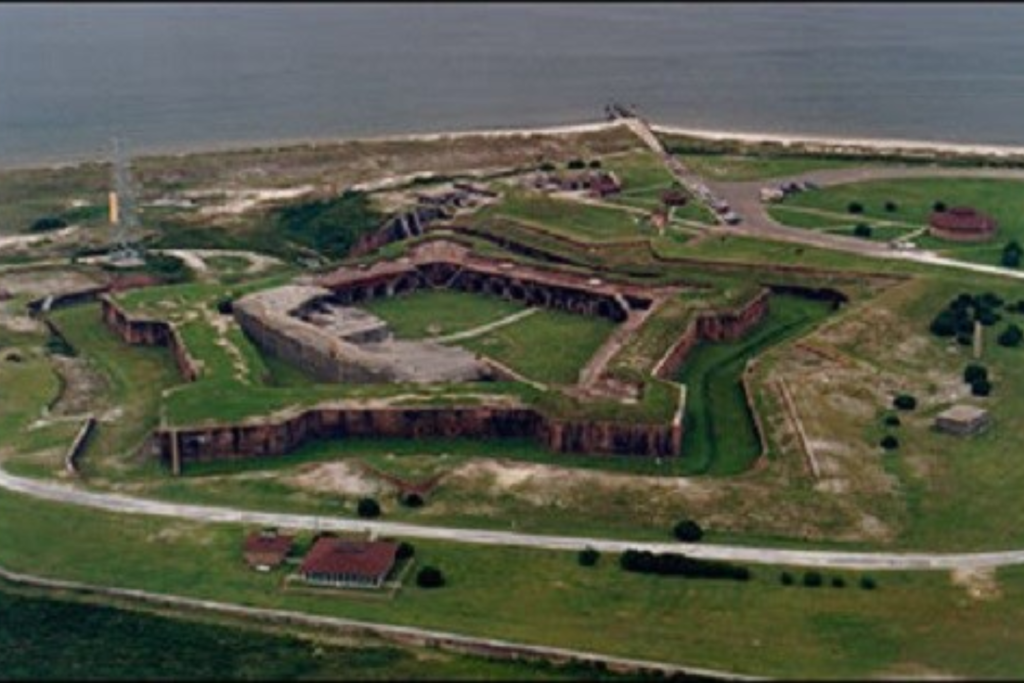
Fort Morgan Historic Site is a lesser-known historical site located in Gulf Shores, Alabama. The site boasts a rich history, as it served as the guardian of Mobile Bay since 1834.
The fortification, built by skilled masons, was mostly constructed by enslaved African Americans and contains more than 46 million cubic yards of bricks. Despite its critical role in the country’s unity, the site is not as recognized as other well-known historical sites in the United States.
The Fort Morgan Historic Site played a significant role in the Battle of Mobile Bay, which Admiral David Farragut famously led Union naval forces by shouting, “Damn the torpedoes! Full speed ahead!” The site offers visitors the opportunity to see three historical batteries: Battery Bowyer, Battery Thomas, and Battery Duportail.
Helen Keller’s Water Pump
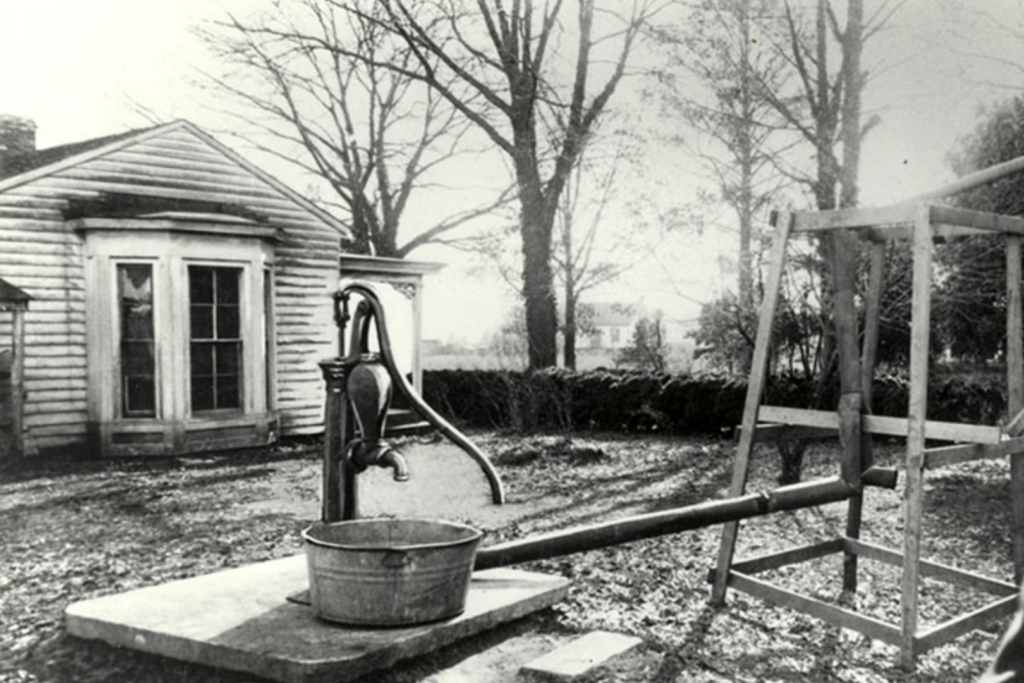
The Helen Keller’s Water Pump in Tuscumbia, Alabama is a lesser-known historical site in the U.S. The water pump, which sits behind the Keller family home, played a significant role in Helen Keller’s life. At 19 months old, Helen became blind and deaf due to an unknown illness, leaving her unable to communicate with the outside world.
It was under this water pump that Helen’s teacher, Anne Sullivan, taught her the word “water” by spelling its letters on her hand. This simple act proved to be a breakthrough moment for Helen. From that day, she started to learn to communicate with the outside world, setting her on a path to become a renowned author, political activist, and lecturer.
Today, visitors can visit Helen Keller’s Birthplace to learn about her incredible story and view the water pump that played a significant role in her life. Tours of Helen’s home is open to the public, allowing visitors to learn more about the life of one of America’s most inspirational figures.
Poverty Point State Historic Site
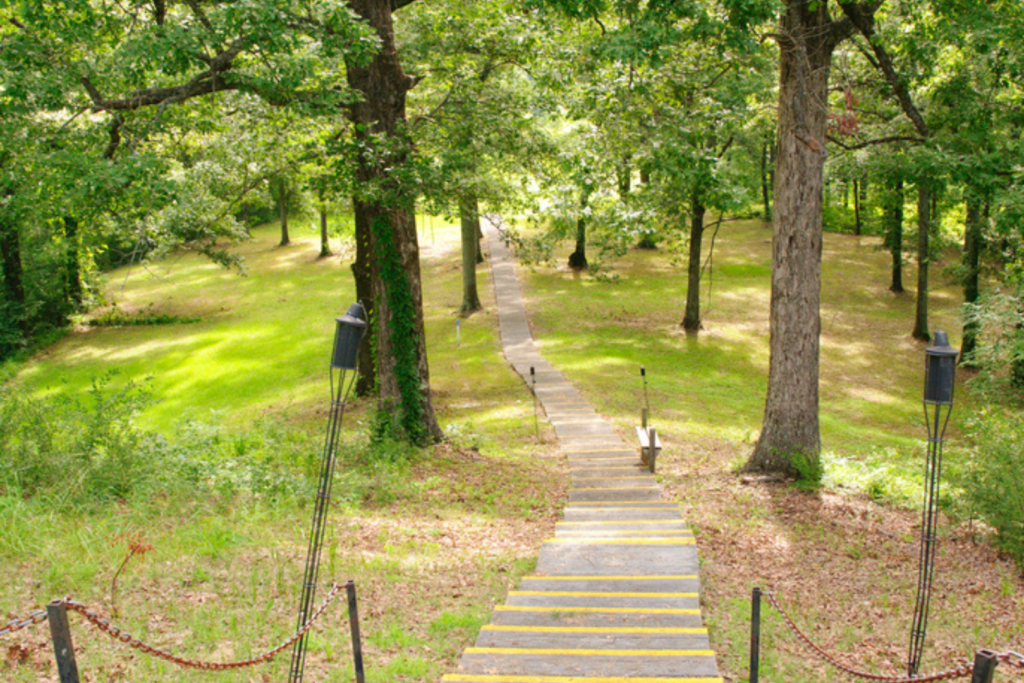
Located in northeastern Louisiana, Poverty Point State Historic Site was constructed by indigenous people between 1700 and 1100 BCE during the Late Archaic period.
The site has earthen ridges and mounds that were proposed to have served as settlements, trading centers, and/or ceremonial religious complexes, but its true purpose remains a mystery. Today, the Poverty Point State Historic Site contains the largest and most complex Late Archaic earthwork occupation and ceremonial site found in the United States.
The Poverty Point site has been designated a U.S. National Historic Landmark, a UNESCO World Heritage Site, and a state historic site. Despite being lesser known, it is a significant historical site that provides insight into the intricate social and cultural practices of the indigenous people in the region.
Martin Van Buren National Historic Site
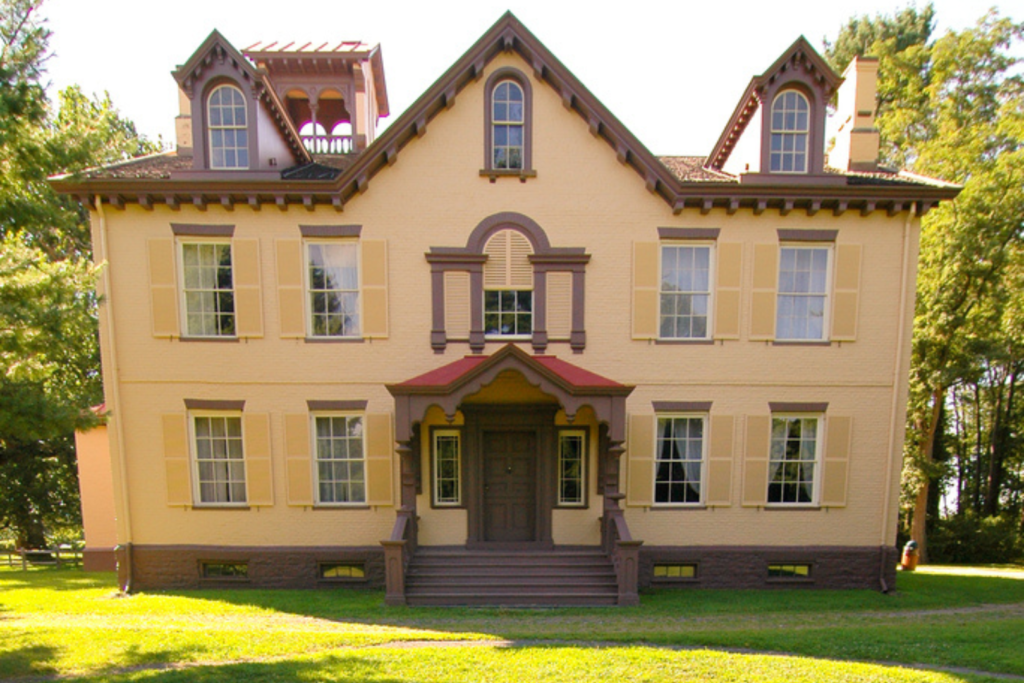
The Martin Van Buren National Historic Site is a lesser-known historical site in the U.S. Although Martin Van Bureau was a significant figure in pre-Civil War America and central to the creation of America’s political parties, he is often relegated to being a mere footnote in history. The historic site preserves the estate owned by the eighth President, which Van Buren purchased in 1839 while he was still in office.
The 36-room mansion was his home and farm until his death in 1862. Van Buren ran two United States presidential campaigns from his estate Lindenwald, named after the American Linden trees lining the road in front of the home.
Despite being relatively unknown, the Martin Van Buren National Historic Site is a significant site preserving the legacy of a man who was central to the creation of America’s political parties and the largest crisis of his time – slavery.
Interested in learning about living history museums in the U.S.? Check out this article here.

“Traveling is the art of collecting stories, not just souvenirs.”
